Blog

In the realm of affiliate marketing, Gambling stands as one of the most lucrative verticals, commanding high prices due to its immense potential for conversion and consistent demand. The age-old adage that people will always seek “bread and circuses” holds true in the digital era – gambling offers the excitement and thrill that consumers perennially crave.
This article delves into where and how to promote gambling offers, discussing the best sources of casino traffic and unveiling some secrets to boosting your gambling ad campaigns.
Gambling traffic consists of users engaged in or interested in online gambling activities, which include online casinos, sports betting, and other wagering forms. This audience segment is particularly valuable due to their high engagement levels and readiness to participate in gambling offers.
When it comes to acquiring gambling traffic, marketers have several compensation models to choose from, each aligning with different strategic goals and budget considerations.
Here’s a breakdown of the primary cost models used in affiliate marketing for gambling offers:
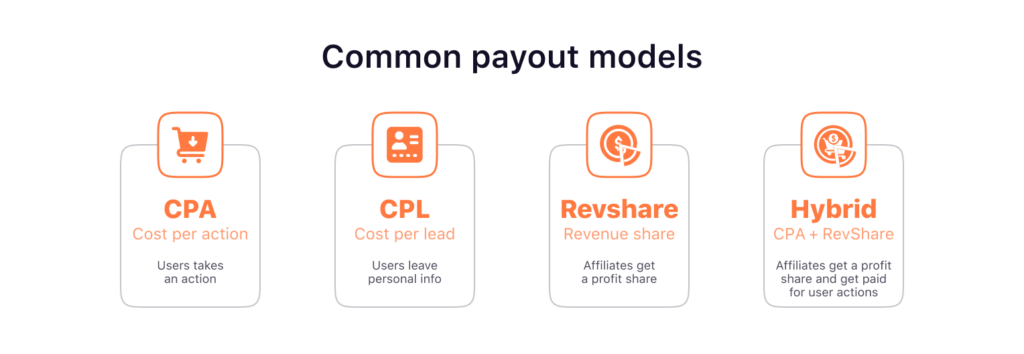
These models offer flexibility and can be tailored to the specific needs and risks affiliates are willing to take. Choosing the right model is essential for effectively purchasing and monetizing gambling traffic, ensuring a profitable and sustainable marketing effort.
Read the full affiliate marketing guide on Gambling to get a handle on this niche and promote an online casino like a pro.
Gambling traffic, while highly lucrative, is markedly different from traffic in other niches due to the unique characteristics and challenges it presents.
Understanding these peculiarities is essential for marketers looking to effectively engage and convert this audience.
Gambling is a sensitive topic, heavily regulated by laws that vary significantly across different regions. Marketers must navigate a complex landscape of advertising restrictions designed to promote responsible gambling and prevent underage engagement. For instance, it’s universally prohibited to target minors (under 18), and there are often stringent rules about portraying gambling as harmless or without potential risks.
The gambling industry is exceptionally competitive, with numerous operators vying for the attention of a finite group of interested users. This competition drives up the cost of advertising; clicks on gambling ads are typically more expensive than in other sectors. To succeed, marketers must employ creative and strategic ad placements, ensuring their offers stand out in a crowded market.
Crafting ads that are not only captivating but also adhere to ethical standards without misleading users is a delicate balance that requires constant innovation.
The effectiveness of gambling ads can vary greatly depending on geographic location. Regulatory environments, cultural attitudes towards gambling, and economic conditions influence how gambling ads are received and interacted with by audiences. For example, markets with a long-standing tradition of betting like the UK may respond differently to gambling ads than regions where gambling is a newer activity.
Gambling traffic is also subject to seasonality and significant timing considerations. Major sporting events, such as the FIFA World Cup or the Super Bowl, can trigger spikes in betting activity. Likewise, traditional and online casinos might see increased activity during holidays and weekends. Marketers need to anticipate these fluctuations and plan their advertising strategies accordingly.
The choice of traffic sources can significantly impact the effectiveness and efficiency of your campaigns.
Here’s an in-depth look at the key channels through which you can generate valuable gambling traffic, along with strategies to start running gambling offers smoothly.
Push notifications serve as a direct communication channel with potential gamblers. These instant messages can be sent to users’ devices, delivering timely offers and news that capture immediate attention.
Examples of push notifications:
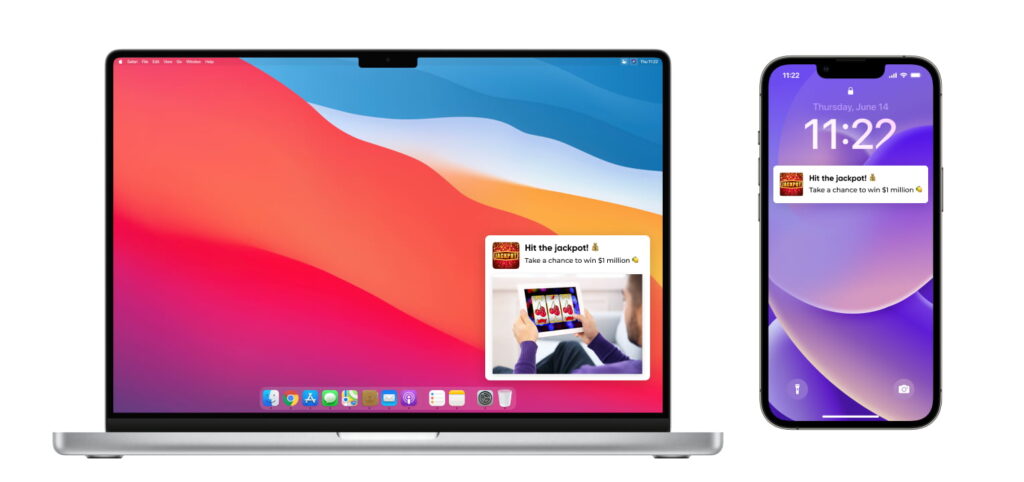
Ideal for promoting time-sensitive offers like live sports betting odds or flash casino promotions, push notifications must be strategically timed and personalized to enhance their effectiveness. They are particularly useful for re-engaging past users by reminding them of new opportunities or updates, thus maintaining a high level of user engagement.
Pop ads, including pop-ups and pop-unders, are designed to capture user attention by appearing over or beneath the content they are currently viewing. While they can be viewed as intrusive, when used sparingly and targeted appropriately, pop ads can be highly effective.

In the gambling industry, these ads are often used to present enticing signup bonuses or highlight big jackpot opportunities. To maximize their impact, ensure that these ads are visually appealing and offer genuine value so they resonate more with potential gamblers.
Native advertising involves integrating your gambling promotions seamlessly into relevant blog content, which can include articles about sports, personal finance, or entertainment. This method aligns with the content’s context, enhancing the likelihood that readers will explore your offers.
Effective native advertising doesn’t disrupt the user experience but adds value, making it an ethical and effective strategy. Providing useful content, such as tips on how to bet on sports or reviews of different casino games, can also help in building trust and authority, driving higher traffic to gambling sites.
Exploring a variety of platforms can broaden your reach and cater to different user behaviors and preferences:
To stand out in the competitive gambling market, employing effective promotional strategies is essential. These tricks are designed to captivate and convert your target audience efficiently.
iGaming creatives should be eye-catching and emotionally engaging, designed to pull players into the gambling experience instantly. High-quality visuals, dynamic effects, and compelling narratives help ensure that ads are not just seen but acted upon.
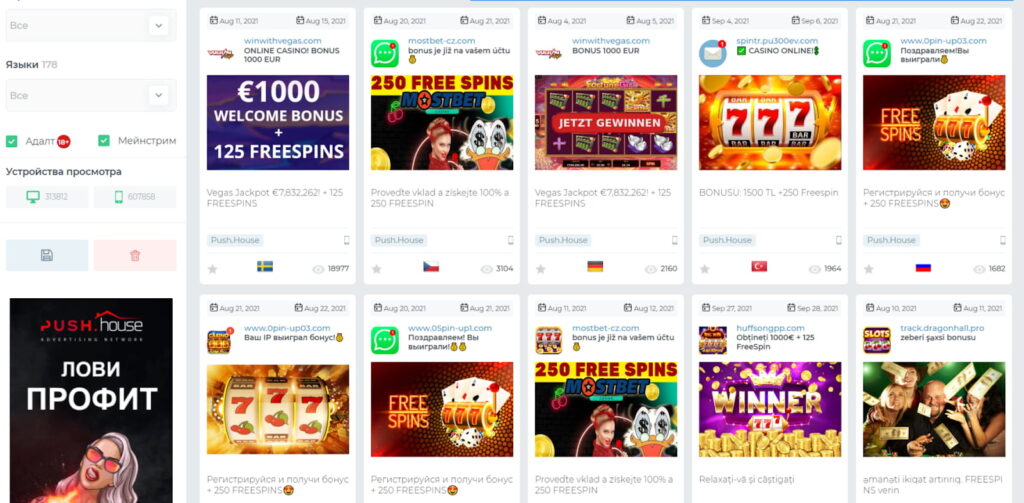
Your gambling pre-landings and landing pages are going to capture a user’s attention. Enhance these pages with dynamic elements such as interactive games or “wheel-of-fortune” widgets to make them more engaging. Offering bonuses or extra spins can also significantly entice users to take action. Incorporating pre-landing pages can help to prime visitors by offering a narrative or detailed bonuses before they reach the main landing page, smoothly escalating their interest and engagement.
A good pre-landing page example:
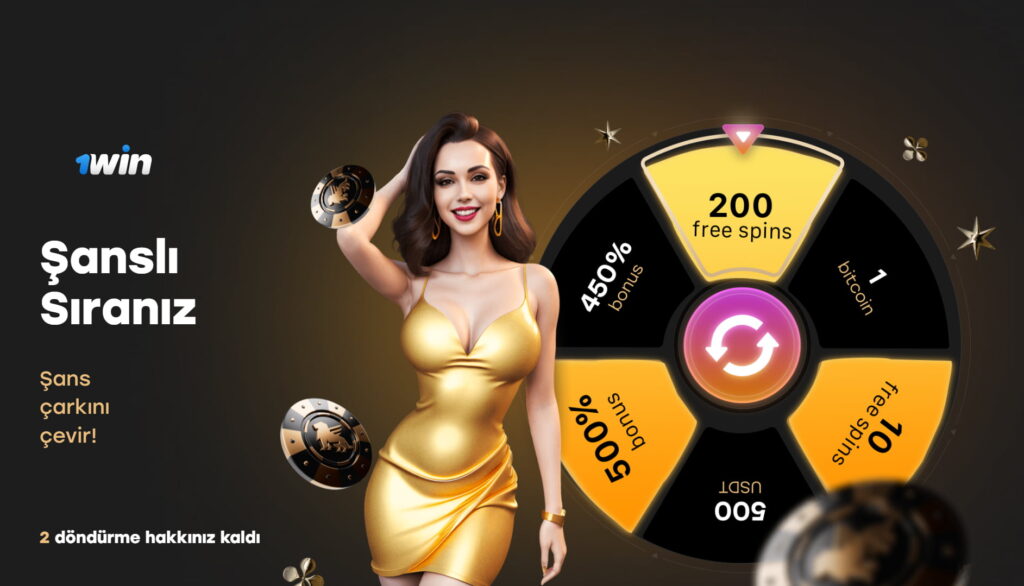
A good landing page example:
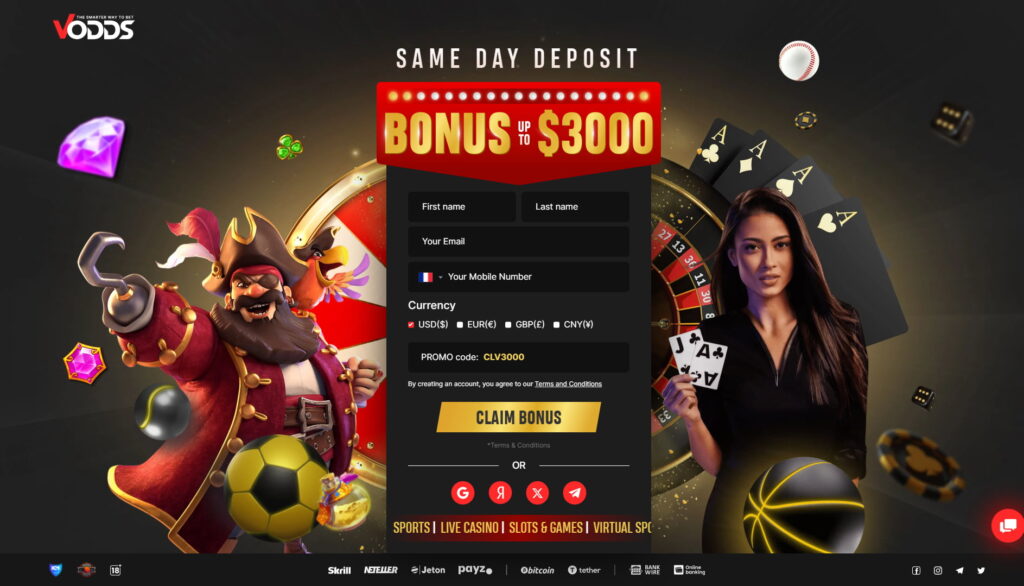
Use stories of others’ gambling successes within pre-landing pages. This method taps into the audience’s desire for success, enhancing the chances of conversion.
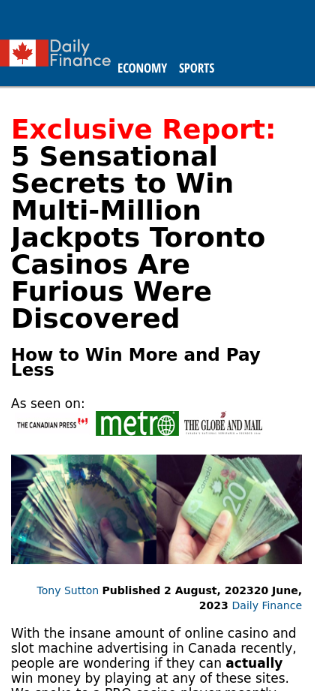
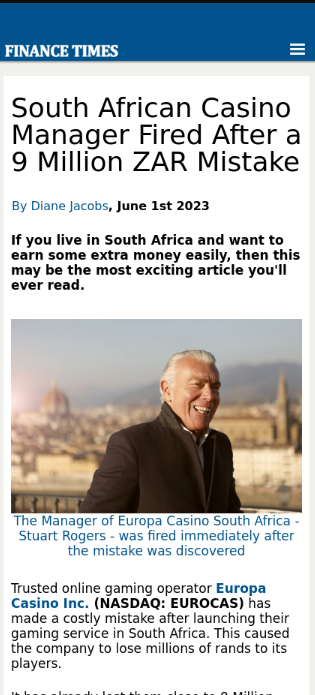
Highlight the possibility of wins through no-deposit bonuses or free spins. These offers encourage users to take immediate action, driven by the allure of a potential win.
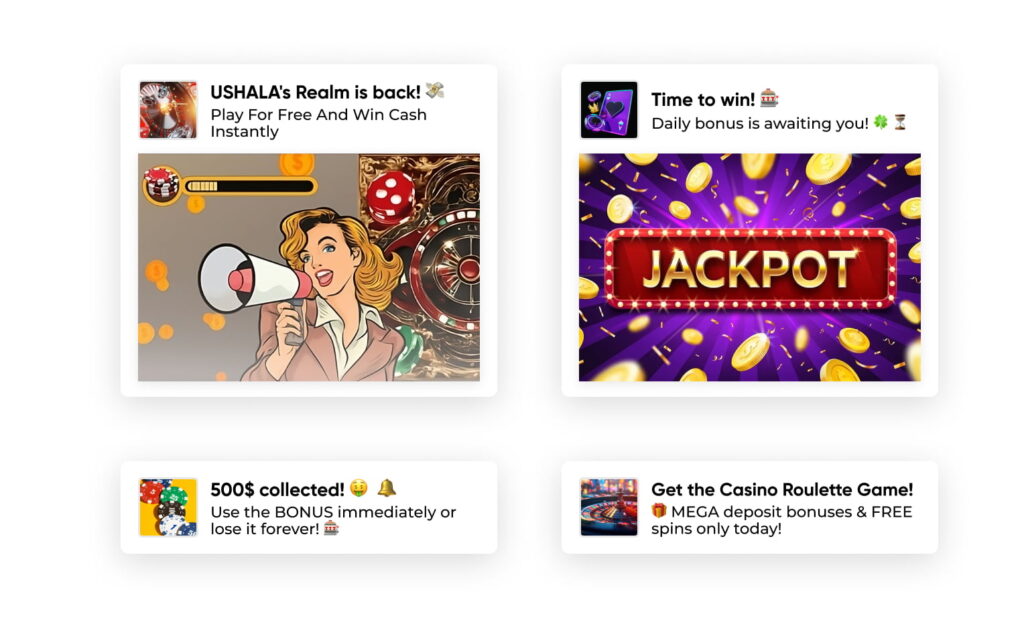
When diving into the gambling vertical, understanding the key performance indicators (KPIs) is crucial to increasing gambling traffic. KPIs for gambling can be divided into hard KPIs (strict requirements) and soft KPIs (desired goals).
Key indicators include:
Successfully driving and converting gambling traffic requires a nuanced understanding of the audience’s motivations and the regulatory landscape. By leveraging the right mix of advertising strategies and maintaining a keen eye on performance metrics, marketers can significantly improve their odds of success in the competitive gambling industry. Whether through compelling creatives, engaging stories, or irresistible offers, the key is to connect with and captivate the gambling audience effectively.
In the realm of affiliate marketing, Gambling stands as one of the most lucrative verticals, commanding high prices due to its immense potential for conversion and consistent demand. The age-old adage that people will always seek “bread and circuses” holds true in the digital era – gambling offers the excitement and thrill that consumers perennially crave.
This article delves into where and how to promote gambling offers, discussing the best sources of casino traffic and unveiling some secrets to boosting your gambling ad campaigns.
Gambling traffic consists of users engaged in or interested in online gambling activities, which include online casinos, sports betting, and other wagering forms. This audience segment is particularly valuable due to their high engagement levels and readiness to participate in gambling offers.
When it comes to acquiring gambling traffic, marketers have several compensation models to choose from, each aligning with different strategic goals and budget considerations.
Here’s a breakdown of the primary cost models used in affiliate marketing for gambling offers:

These models offer flexibility and can be tailored to the specific needs and risks affiliates are willing to take. Choosing the right model is essential for effectively purchasing and monetizing gambling traffic, ensuring a profitable and sustainable marketing effort.
Read the full affiliate marketing guide on Gambling to get a handle on this niche and promote an online casino like a pro.
Gambling traffic, while highly lucrative, is markedly different from traffic in other niches due to the unique characteristics and challenges it presents.
Understanding these peculiarities is essential for marketers looking to effectively engage and convert this audience.
Gambling is a sensitive topic, heavily regulated by laws that vary significantly across different regions. Marketers must navigate a complex landscape of advertising restrictions designed to promote responsible gambling and prevent underage engagement. For instance, it’s universally prohibited to target minors (under 18), and there are often stringent rules about portraying gambling as harmless or without potential risks.
The gambling industry is exceptionally competitive, with numerous operators vying for the attention of a finite group of interested users. This competition drives up the cost of advertising; clicks on gambling ads are typically more expensive than in other sectors. To succeed, marketers must employ creative and strategic ad placements, ensuring their offers stand out in a crowded market.
Crafting ads that are not only captivating but also adhere to ethical standards without misleading users is a delicate balance that requires constant innovation.
The effectiveness of gambling ads can vary greatly depending on geographic location. Regulatory environments, cultural attitudes towards gambling, and economic conditions influence how gambling ads are received and interacted with by audiences. For example, markets with a long-standing tradition of betting like the UK may respond differently to gambling ads than regions where gambling is a newer activity.
Gambling traffic is also subject to seasonality and significant timing considerations. Major sporting events, such as the FIFA World Cup or the Super Bowl, can trigger spikes in betting activity. Likewise, traditional and online casinos might see increased activity during holidays and weekends. Marketers need to anticipate these fluctuations and plan their advertising strategies accordingly.
The choice of traffic sources can significantly impact the effectiveness and efficiency of your campaigns.
Here’s an in-depth look at the key channels through which you can generate valuable gambling traffic, along with strategies to start running gambling offers smoothly.
Push notifications serve as a direct communication channel with potential gamblers. These instant messages can be sent to users’ devices, delivering timely offers and news that capture immediate attention.
Examples of push notifications:

Ideal for promoting time-sensitive offers like live sports betting odds or flash casino promotions, push notifications must be strategically timed and personalized to enhance their effectiveness. They are particularly useful for re-engaging past users by reminding them of new opportunities or updates, thus maintaining a high level of user engagement.
Pop ads, including pop-ups and pop-unders, are designed to capture user attention by appearing over or beneath the content they are currently viewing. While they can be viewed as intrusive, when used sparingly and targeted appropriately, pop ads can be highly effective.

In the gambling industry, these ads are often used to present enticing signup bonuses or highlight big jackpot opportunities. To maximize their impact, ensure that these ads are visually appealing and offer genuine value so they resonate more with potential gamblers.
Native advertising involves integrating your gambling promotions seamlessly into relevant blog content, which can include articles about sports, personal finance, or entertainment. This method aligns with the content’s context, enhancing the likelihood that readers will explore your offers.
Effective native advertising doesn’t disrupt the user experience but adds value, making it an ethical and effective strategy. Providing useful content, such as tips on how to bet on sports or reviews of different casino games, can also help in building trust and authority, driving higher traffic to gambling sites.
Exploring a variety of platforms can broaden your reach and cater to different user behaviors and preferences:
To stand out in the competitive gambling market, employing effective promotional strategies is essential. These tricks are designed to captivate and convert your target audience efficiently.
iGaming creatives should be eye-catching and emotionally engaging, designed to pull players into the gambling experience instantly. High-quality visuals, dynamic effects, and compelling narratives help ensure that ads are not just seen but acted upon.

Your gambling pre-landings and landing pages are going to capture a user’s attention. Enhance these pages with dynamic elements such as interactive games or “wheel-of-fortune” widgets to make them more engaging. Offering bonuses or extra spins can also significantly entice users to take action. Incorporating pre-landing pages can help to prime visitors by offering a narrative or detailed bonuses before they reach the main landing page, smoothly escalating their interest and engagement.
A good pre-landing page example:

A good landing page example:

Use stories of others’ gambling successes within pre-landing pages. This method taps into the audience’s desire for success, enhancing the chances of conversion.


Highlight the possibility of wins through no-deposit bonuses or free spins. These offers encourage users to take immediate action, driven by the allure of a potential win.

When diving into the gambling vertical, understanding the key performance indicators (KPIs) is crucial to increasing gambling traffic. KPIs for gambling can be divided into hard KPIs (strict requirements) and soft KPIs (desired goals).
Key indicators include:
Successfully driving and converting gambling traffic requires a nuanced understanding of the audience’s motivations and the regulatory landscape. By leveraging the right mix of advertising strategies and maintaining a keen eye on performance metrics, marketers can significantly improve their odds of success in the competitive gambling industry. Whether through compelling creatives, engaging stories, or irresistible offers, the key is to connect with and captivate the gambling audience effectively.

Blog

Blog